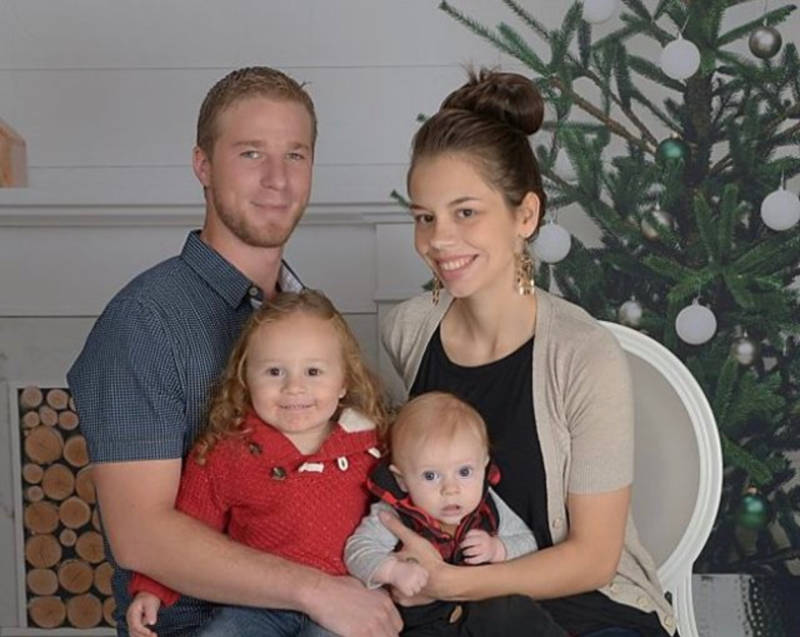Unlike workers in a lot of other states, many Californians have access to a state-run paid family leave program. Participation in the program is growing. But some lawmakers and others are concerned about who’s benefiting the most from paid leave — and who can’t afford to.
Santa Rosa union pipe-fitter apprentice Blake Richardson was able to take a bit of paid leave after both of his sons were born. But it didn’t work out quite the way he planned.
“With the first one, I remember applying for it, and I think we didn’t really see a payment from it until about two and a half, three weeks in,” he said.
When the payment arrived, Richardson soon realized it was too small to support his family and he quickly returned to work. His problem was common. In California paid leave is funded through a one percent tax on wages. It covers between 60 and 70 percent of salary. UC Berkeley Education and Public Policy Professor Bruce Fuller said that means people who make more, benefit more.
“It’s primarily upper middle class dads that are showing the steepest gain and interest in the program,” he said.

